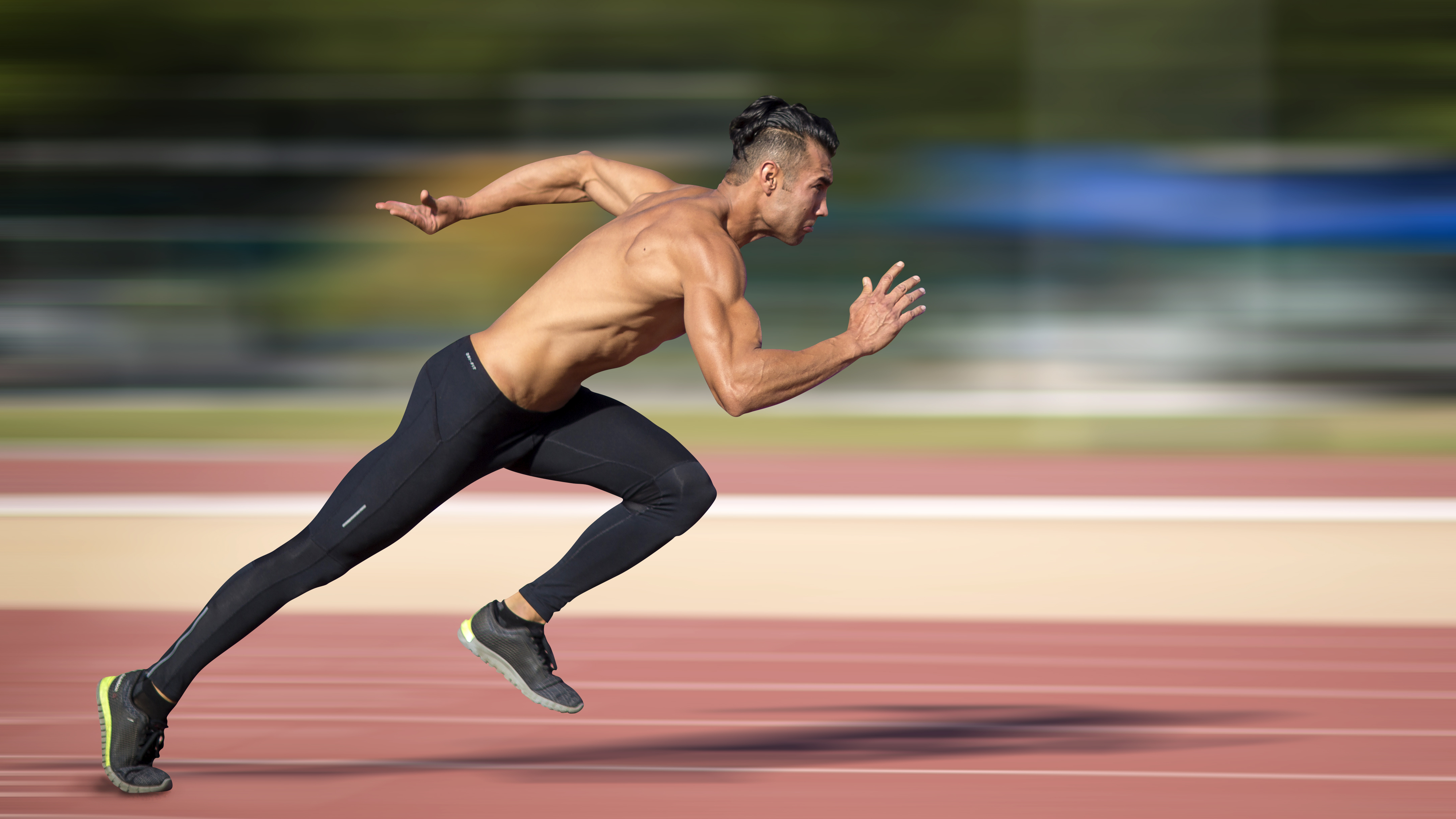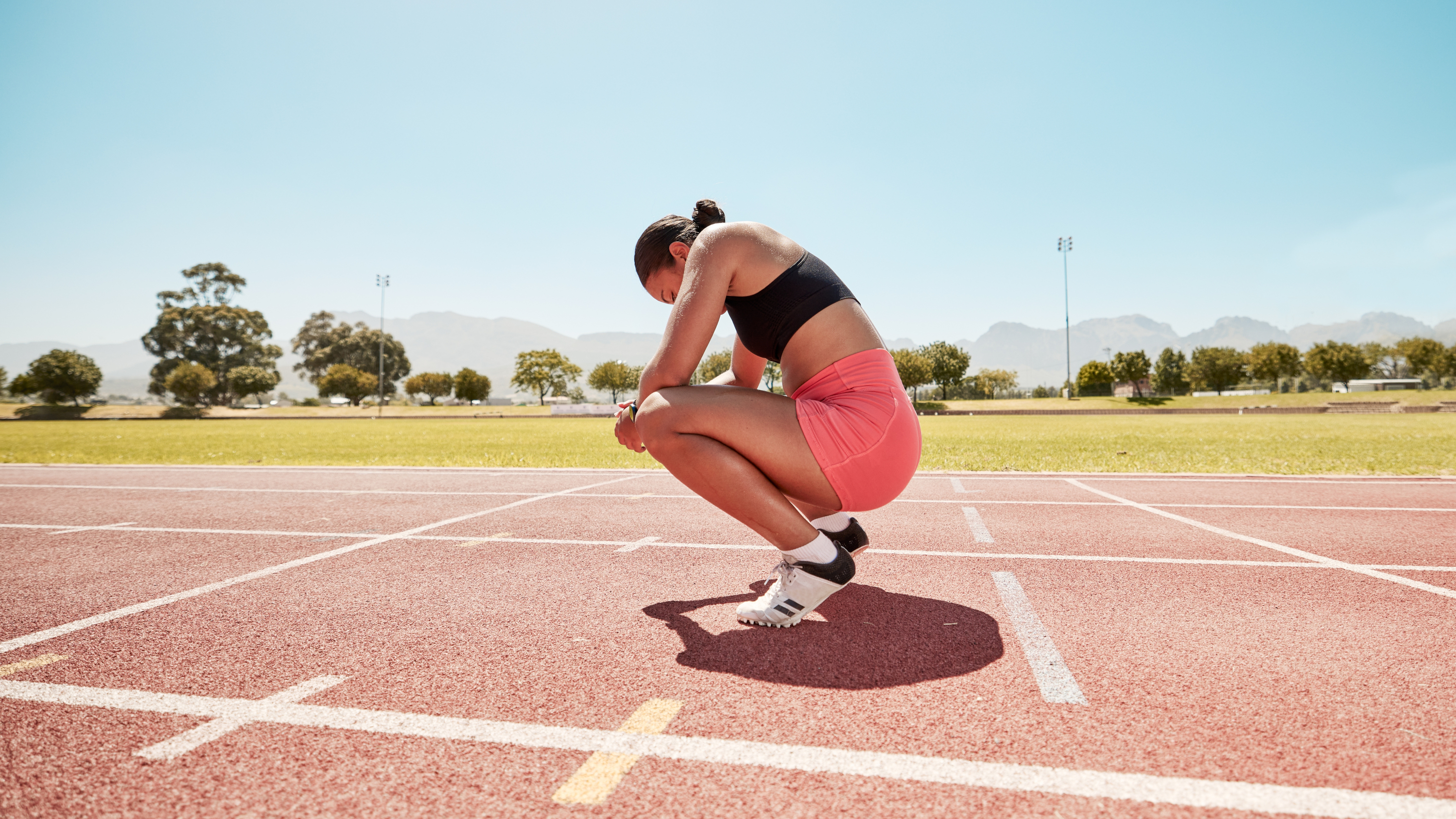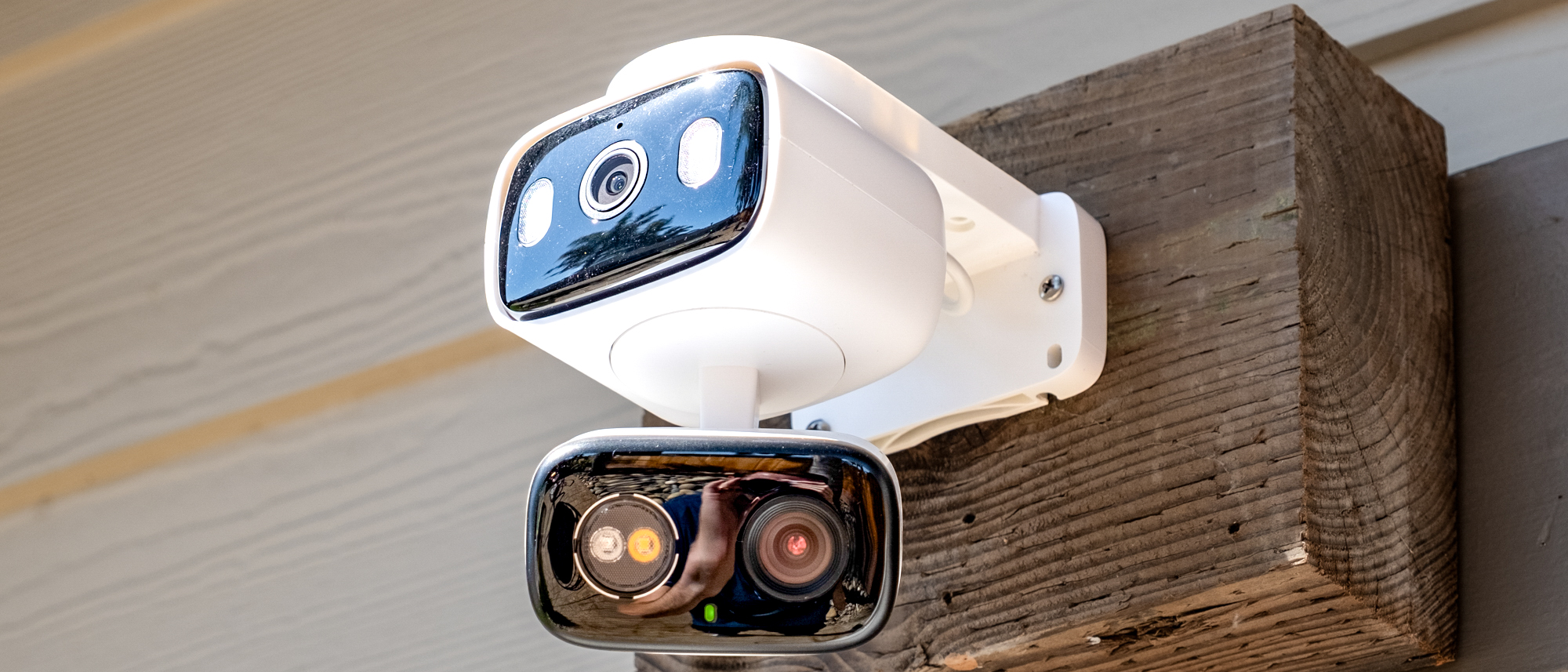5 ways to avoid running injuries, according to a world class physiotherapist

No one wants to get an injury, but it's easy to accidentally develop one while running, especially due to overuse. However, there's good news as most running injuries are entirely preventable with the right guidance and approach to training.
We're fortunate to have access to so much running advice online, and I love how insightful many of the best running apps can be for training plans and nutrition. But I wanted to delve deeper into what measures we runners can specifically take to prevent injuries while continuing to enjoy the sport we love.
So, I caught up with Helen O'Leary, a leading physiotherapist and clinical director at Complete Pilates, who has extensive experience working with elite athletes, helping them to build greater stability and strength in their performance as well as greater body awareness.
5 ways to avoid running injuries
According to O'Leary, "A lot of the time we run after sitting down for most of the day. When you run, the forces going through your body can be anything from 2 to 4 times your own body weight.
"These forces and vibrations move through your bones, ligaments, tendons and muscles. This means we need to be strong enough to absorb and recover from these forces!"
So, it's clear that running puts a lot of strain on our bodies, which means we have to take certain measures to protect our joints and muscles when we run. Here are five tips to swear by...
1. Find the right shoes
Hopefully, it's a given, but investing in a pair of well-fitting running shoes is really important. However, don't worry if the world of running footwear is unknown territory for you, we have a detailed roundup of the best running shoes on the market that points out key things to look out for.
Get instant access to breaking news, the hottest reviews, great deals and helpful tips.
O'Leary says that "having an individualized shoe fit that looks at your mechanics and takes into account stability and cushioning is key. You also don’t want too flexible a shoe so that you get appropriate support. It doesn’t mean they have to be unbelievably expensive but they may not be the coolest."
It's advisable to have more than one pair of running shoes for comfort and practicality, enabling you to rotate between them and avoid sudden shifts from well-worn to brand-new pairs. Typically, a running shoe tends to endure 400-500 miles of use.
2. Try not to increase too quickly
Runner's high is a wonderful feeling, but it's very easy to let that euphoria get the better of you and push your body past its current limits.
"When you do progress, try not to do so by more than 10%. You need to be able to do these runs without getting any pain or discomfort. The 10% rule is particularly important if you are a new runner," advises O'Leary.
"It is designed to give your body time to adapt, rest, and recover. This rule should also apply to your overall weekly mileage so you aren’t increasing your total load by more than 10%."

3. Listen to how you feel
While experiencing aches and pains during exercise is common, you shouldn't feel overcome with these sensations while going about your day afterward. O'Leary says that activities like walking and getting dressed should be pain-free.
"If your soreness is not going away, it is also always worth going to see a physio who can assess you properly and knock any problems on the head quickly," she adds.
Similarly, if you have had a really poor night's sleep you can't expect your body to carry you through a perfect run. Your muscles may feel weaker and this could lead to a lack of precision with your form or strides, making an injury more likely to happen.
If you need a bit of help to know whether you're sleeping well, many of the best running watches can track the quality of your sleep which can help you judge when your body is ready to exercise again.
4. Make sure you’re strong enough
As O'Leary mentioned, a lot of force goes through your body when you run. Therefore, you also have to ensure that your muscles and joints are strong enough to run.
"Although running will make you specifically stronger, it isn’t enough overall. Doing an adequate gym program, with weights, which includes all the major muscle groups is key to ensuring longevity in your running.
"It will also give you more power and make your running more efficient so you get the added bonus of both," notes O'Leary.
Why not make a start with these nine strength exercises to improve your running performance?
5. Take a rest day
Whether you are simply addicted to running for it's fitness benefits or you love what it does for your mental wellbeing, it can be tempting to run every day. However, "running on back to back days, especially if you are new to running can significantly increase your risk factors of things like stress fractures," says O'Leary.
So do be sensible and allow yourself a rest day between runs to help reduce this. Not only will it lower your risk of injury having rest days, but it will also improve your performance by allowing your muscles to recharge.
More from Tom's Guide
- 9 best strength exercises to improve your running performance
- 5 best kettlebell exercises for runners to build and strengthen the glutes, quads and hamstrings
- Barefoot running vs running with shoes: Which builds more leg strength?

Jessica has been a fitness writer at Tom’s Guide since 2023, bringing three years of experience writing about health, fitness, and the great outdoors. Her passion for exercise began during her childhood, where she spent weekends hiking and competing in local athletics club events. After earning a master’s degree in journalism from Cardiff University, Jessica found the perfect way to combine her love of storytelling and fitness into a career.
Jessica is passionate about testing fitness gear and tech, using her reviews to help readers make informed buying decisions. She ran her first marathon in April 2024, finishing it in 3 hours and 48 minutes. Through her training, she’s developed a deep understanding of what it takes to grow as a runner, from effective workouts and recovery techniques to selecting the right gear for every challenge.
When she’s not at her desk, Jessica enjoys spending time in the kitchen crafting new recipes, braving cold water swims and hiking.
